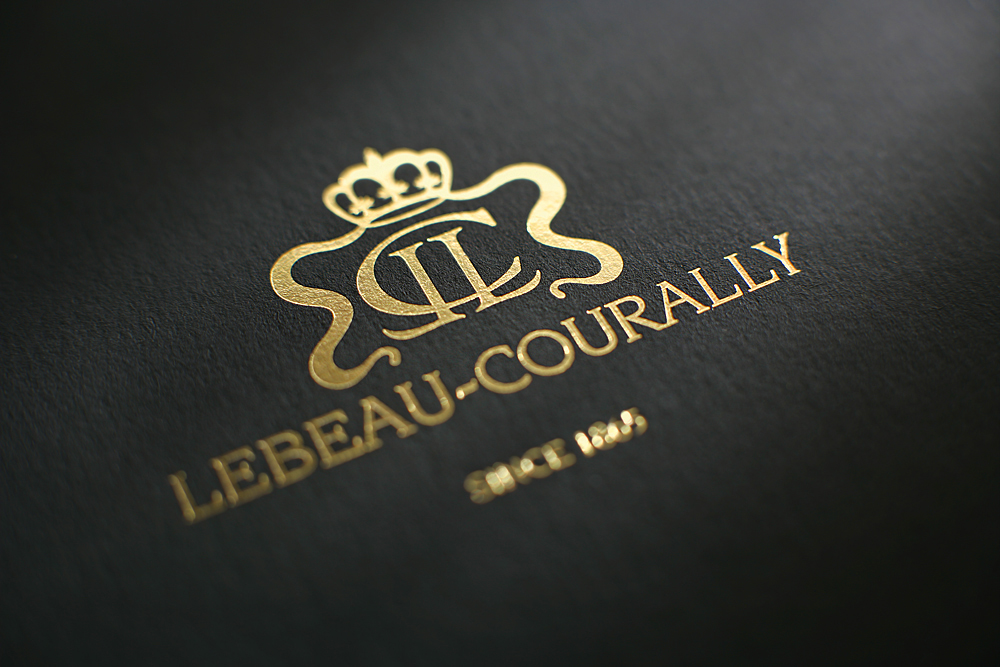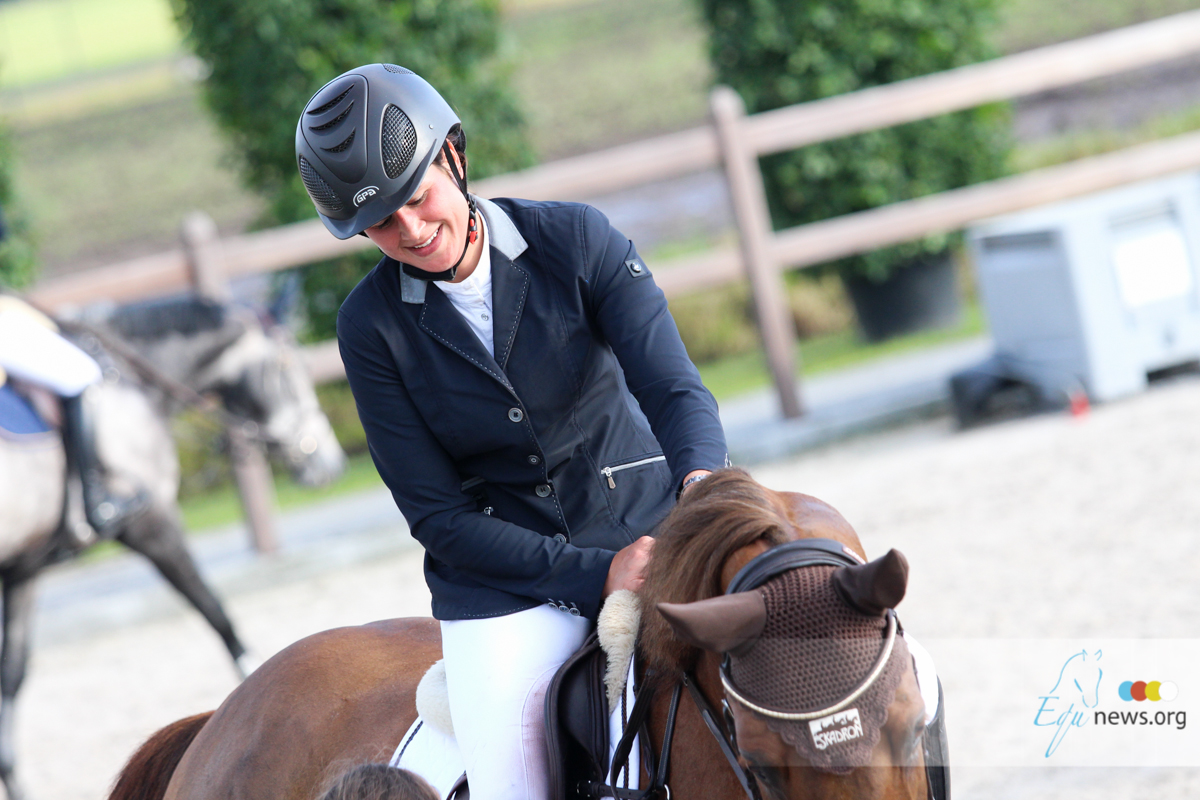How can an eagle, a tree, a camel, a cat or a cow make us better riders? To the non-equestrian, riding appears to be merely the act of sitting in the saddle and not falling off, kicking the horse to go and pulling on the reins to stop. As natural horsemen / horsewomen and partners with our horses we know that this couldn’t be further from the truth. To the non-yogi, practicing yoga postures looks like we place our body parts in particular configurations and try not to fall over. Just as with riding, this is a common misconception. Yoga practice is much more than following a few steps to get into a particular pose. Principles of alignment, symmetry, and rhythm are all essential components along with flexibility, balance, core strength and breath. Perhaps the most important element central to both riding and yoga is the opportunity for self-knowledge and personal growth. The concepts we learn in yoga can benefit us greatly (physically, mentally and emotionally) in the saddle. When we transition the fundamental concepts of yoga poses from our mats to our saddle, we are enhancing ourselves and our equine partners. UNITING BODY AND MIND The word yoga comes from Sanskrit (scriptural language of ancient India) and it means “to yoke” or “to unite.” By using the breath in yoga practice we unite the body and the mind. We can bring balance, flexibility, awareness, and focus to our riding. We develop a conscious awareness of our bodies and our minds which allows us to communicate and move in harmony with our equine partners. A rider who is balanced and confidently in control of her body, mind and spirit will instill confidence, symmetry and focus in her horse. Advantages of yoga for riders include improved: - Balance - Body symmetry - Alignment - Flexibility - Rhythm - Connection - Fluidity - Mental focus POSES WITH PURPOSE With riding we need to have a strong core, a balanced seat and an alert focus. Riding, like yoga, demands that we are present in the moment. When this focus is lost, we lose the energy connection with our horse, and depending on the situation, we lose our physical connection as well. Eagle (Garudasana), Tree (Vrksasana), Camel (Ustrasana) and Cat/Cow are just a few of the poses common to a yoga practice. Each of these poses teaches us how to develop flexibility and create openness in a particular body part or area. These actions aid in preparing the body for riding and in achieving a balanced seat. EAGLE Eagle pose starts in the basic standing yoga pose called mountain pose or Tadasana and is followed by the following actions: - Balancing on right leg with knee slightly bent, lift the left leg and cross it over the standing leg, hooking the foot behind the shin and hugging the legs together. - Bring your arms in front of you with elbows at shoulder height and bent at a ninety degree angle, fingers together and pointing up. - Cross the right arm over the left joining the palms of hands. TREE Tree pose also starts in Tadasana and requires a spreading of toes and rooting into the ground of all four corners of the feet. - While focusing on a point in front of you, bend one leg and bring the foot to the inside of the opposite calf or thigh. - Arms extend overhead with palms together. CAMEL While Eagle and Tree poses help riders with balance and focus, Camel pose (Ustrasana) is one of the backward bending postures. As a category, backbends are particularly beneficial for opening the entire front of the body while improving spinal flexibility. They are excellent for strengthening the back, legs and shoulders. Backbends are also very invigorating, stress relieving and opening to the heart chakra which can promote an emotional release, thereby allowing a deeper connection with our horse. Regular stretching and opening of the hip flexors will promote a deeper seat and a more comfortable ride. Camel pose is practiced by starting in a kneeling position with thighs parallel and feet pointed straight back and hands on hips. - After lengthening the lower back and extending from the pelvis up through the head, reach back with one hand and place it on the same side heel. - Repeat with other hand. CAT-COW Cat-Cow pose is particularly beneficial in improving spinal flexibility and suppleness, opening of the chest, throat and shoulders and joining of the breath with movement. Breathing calms the nervous system and promotes relaxation. A relaxed, calm mind in the rider promotes the same in the horse. Relate this position to that of a horse’s back (hollowed vs. rounded or collected) and how effective or difficult it would be to carry a rider in cat vs. cow. Cat-Cow pose starts on all fours in a “table-top” position with wrists, elbows and shoulders aligned and knees directly under hips. - On an inhale, create a concave spine (cow) by lifting the head and tilting the tailbone up. - On an exhale, press into hands and round the spine up to the sky, lowering the head and tucking the pelvis under. - Continue for 5 to 10 breaths IN SUM These few simplified examples of yoga postures demonstrate how yoga can create balance, flexibility, strength and awareness in the equestrian. Anyone can benefit from the practice of yoga but equestrians can find it particularly advantageous in improving their riding experiences as well as their relationship with their horse. Horses are extremely sensitive spirits who are reflective of incongruences in our body, mind and emotion. Horses live in the present. Yoga teaches us to be present and live in the moment.
Yoga excercises for equestrians
-
categories: Lifestyle



